At Atlas Industrial Vacuum, we understand that the oil and gas industry demands precision, reliability and safety at every step. When it comes to facility maintenance and waste handling, refinery vacuum systems are critical for keeping operations efficient and compliant. Choosing the right equipment isn’t just about buying a pump—it’s about selecting a system that can withstand hazardous environments, handle demanding workloads and deliver long-term value. That’s why we design oil and gas vacuum solutions that perform in the most challenging refinery conditions. Here are the key features we believe every facility should prioritize when evaluating vacuum systems.
Safety and Design That Meet Refinery Standards
Safety is the first priority in any refinery environment. Our vacuum systems are fully pneumatic, operating entirely on compressed air. By eliminating motors and internal moving parts, we remove risks such as sparks, cavitation and dry-run damage. This venturi-style design, similar to a venturi pump, makes our equipment safe to use even in explosive or flammable areas. We also build our systems to meet IECEx Zone 0/1 certification, ensuring they are ready for use in hazardous environments. You can see how our technology supports refinery operations on our refineries’ cleaning services page.
Durability, Performance and Adaptability
Refinery operations expose equipment to moisture, chemicals and abrasive byproducts, so durability is essential. That’s why our vacuum systems are built from stainless steel, offering strong corrosion resistance and a long service life. We design our Solidsvac systems to handle sludge, hydrocarbons and other heavy materials without clogging or loss of suction. Whether you need high-volume capacity or the ability to transfer high-solids content, our lineup delivers dependable performance. We also understand that no two facilities are alike, which is why we offer both mobile skid-mounted units and fixed installations. This flexibility allows you to deploy our equipment where it’s needed most. To explore models suited for different applications, take a look at our range of vacuum pumps.
Cost Efficiency and Operational Benefits
We know that cost-effectiveness is always part of the decision-making process. Traditional methods often depend on vac trucks, which can be costly to rent and require more labor. Our pneumatic refinery vacuum systems reduce or eliminate the need for vac trucks and minimize downtime. With no moving parts to maintain, our systems keep repair costs low while improving overall productivity. Over time, these savings add up, giving you better performance at a lower total cost of ownership. Many of our customers in other industries have seen the same benefits, which is why our systems are trusted for a wide range of industrial cleaning applications.
Support, Training and Real-World Testing
We believe the right equipment should always come with the right support. That’s why we offer demonstrations, training and ongoing consultation to ensure you get the most from your investment. Our real-world demos give you the chance to see how our systems perform under challenging conditions such as sludge recovery, confined spaces and continuous operation. This approach allows you to evaluate the system’s performance before making a decision. We also provide personalized guidance to make sure you select the best system for your facility’s needs. When you’re ready to take the next step, our team is here to help—start by reaching out through our contact page.
Final Thoughts
When you’re considering refinery vacuum systems for oil and gas facilities, focus on features that deliver both safety and efficiency: pneumatic venturi-style design, corrosion-resistant construction, high solids handling and strong support. At Atlas, we build equipment with these priorities in mind because we know your facility depends on consistent oil and gas vacuum solutions. By combining durable construction with expert training and customer support, we help you move beyond outdated methods and embrace systems built for today’s refinery demands.
